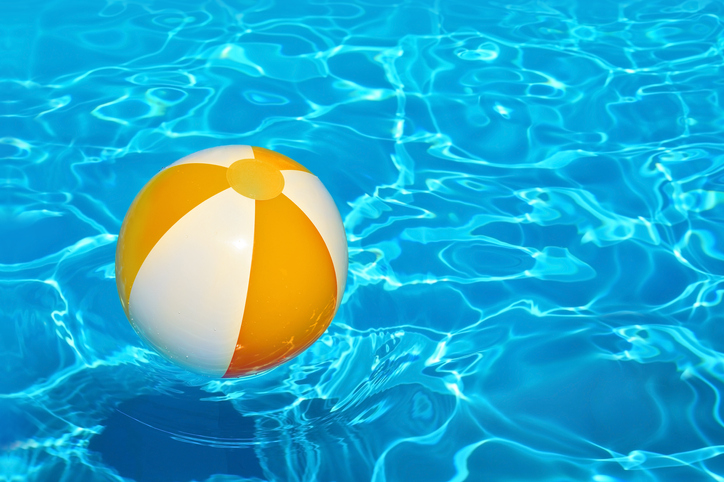Microbubbles and Centrifugation: How It Works
Updated on Jun 13, 2021 Share
Can microbubbles be pelleted by centrifugation? In short, no. At least, not a pellet that you would see at the bottom of your tube when you spin down cells.
Here’s how it works.
What Is Centrifugation?
Centrifugation is the process separating particles by density, and a centrifuge is a machine that accelerates the forces that naturally create that separation.
Centrifuges are commonly found in laboratories where researchers need to isolate components in a biological sample and are used in a variety of applications—like, for example, accelerating the microbubble cell sorting process.
Do Microbubbles Float When Centrifuged?
When a centrifuge spins, it creates a centrifugal force strong enough to rapidly separate particles in a sample. Anything with a density greater than water sinks (and sinks faster) when in a centrifuge. And anything with a density less than water rises and rises faster when in a centrifuge.
Microbubbles added to a biological sample target unwanted cells and float them to the surface for removal. So, even though they all go to the same place in the tube, they rise to the top when centrifuged—all while carrying any attached cells.
The Swimming Pool Analogy
While at an entirely different scale, another way to think about this process is from the time you might have spent in a swimming pool as a child. Granted, while what a cell on a microbubble experiences is at a much lower Reynolds number, it can still serve as a useful analogy.
If you were to strap water wings on and jump into a swimming pool, you would indeed briefly sink before returning to the surface. This in general is not the case with microbubbles. Swimmers will initially sink because of the downward momentum they accumulate on the way into the water. If you were somehow able to increase the gravitational pull at your local pool once in the water, you would bob up even with the stronger gravity. In fact, you would float with greater force.
This is true of our microbubbles. Centrifugation only drives them more quickly to the top of the sample.
Don’t Sink or Swim: Try Our Microbubbles
Ready to see microbubbles in action? Check out our line of buoyancy-activated cell sorting (BACS™) microbubble products, and let us know if you have any questions.



